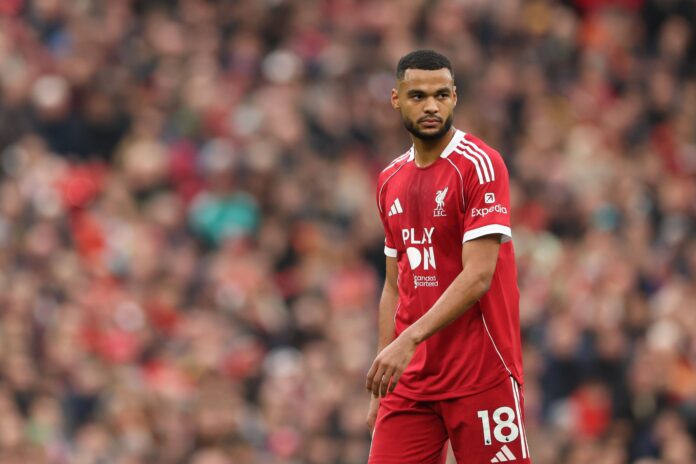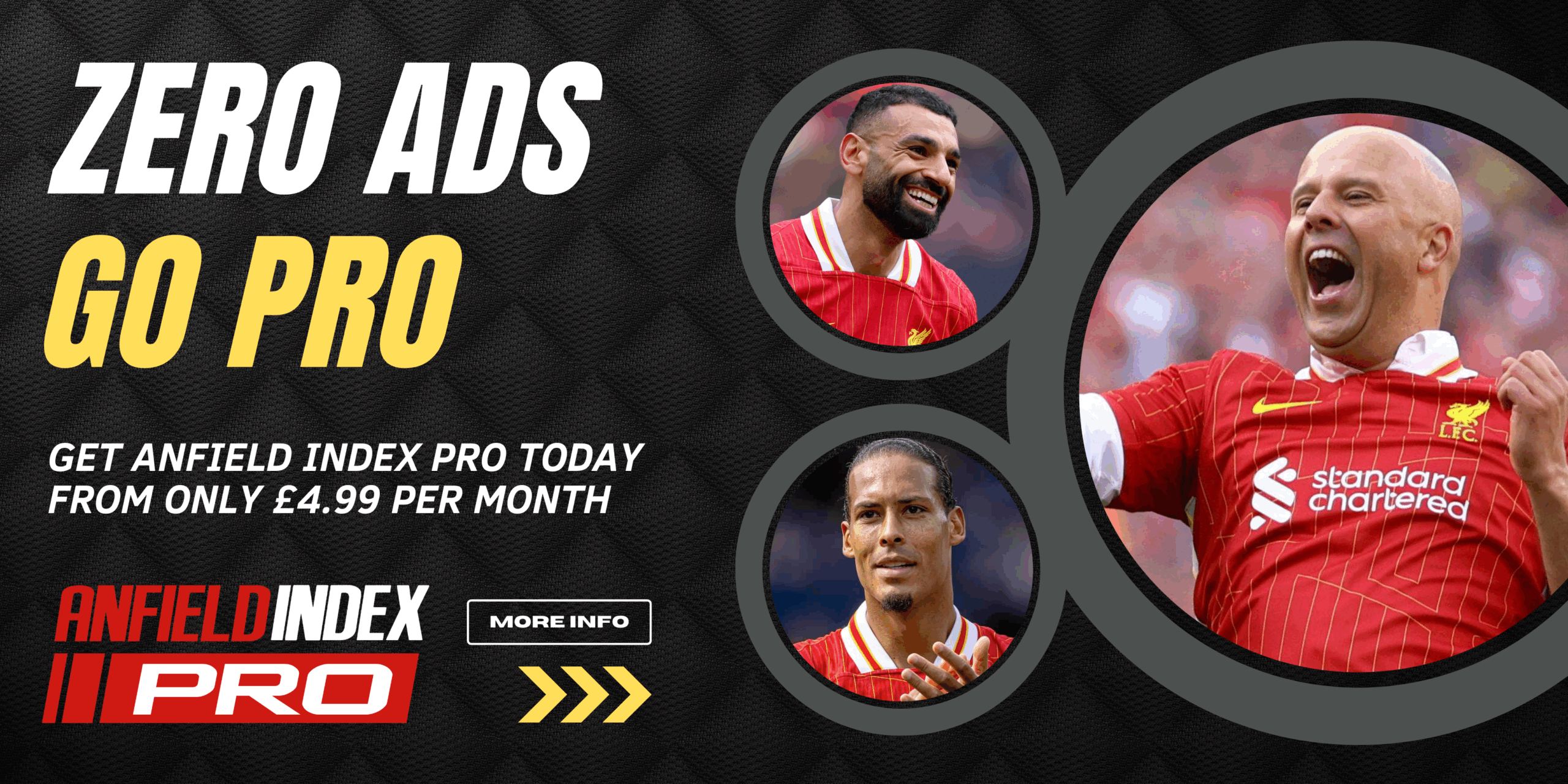Liverpool went into the October international break in second, after being first for most of the early 2025/2026 EPL season, and it was all thanks to their form in October. Anyone watching from the start of the season, however, could tell that they have not been in top form, but wins papered over cracks and portrayed the image of an inevitable machine.
That sheen of invincibility now seems to have worn off with their form in October, however, with them losing 3 games in a row in all competitions, the first time this has happened in over two years, making online betting fans jittery about banking on them for winnings.
Let’s investigate the factors causing the reigning champions, off the back of winning the league with games to spare, and the same manager, Arne Slot, who took the league by storm to become only the fourth manager ever to win the league in their first season for Liverpool to struggle to dominate games this season.
Here are a few reasons why Liverpool has been in poor form
If we’re going to be strict with the facts, Liverpool’s problems aren’t entirely new. Many times last season, Liverpool also depended on late goals to eke out wins after playing badly, but, as we’re all finding out, late goal luck eventually runs out. Hence, this time around, as the late goals have stopped coming, their other problems have come to the fore, with fans beginning to admit that there is a problem, and here are some of those problems:
1. Pressure
An immense amount of pressure are on this Liverpool to perform as the league champions (which in itself will require an elite mentality); on Arne Slot, for spending over £450m in the summer signings despite winning the league with that last squad; on the new signings to try to prove their worth; on their star men, Mo Salah and Virgil Van Dijk, though aging, to prove once more that they’ve still got it.
After their loss to Chelsea, captain VVD, in his post-match interview, remarked about “things” that happen outside the pitch affecting the players, hinting at the tragic death of their team mate Diogo Jota. The bottom line is that this Liverpool side needs immense mental fortitude to get through the season and win titles. VVD is right; football is as much a mental exercise as it is physical. The question now remains if the team will be able to muster the mental strength to get the job done amidst all the pressure and mental strain.
2. Tactical Adjustments
We have come to accept the Liverpool team not dominating all phases of play, but absolutely doing so in attack. However, they have struggled even with that so far this season.
Last season, with Trent Alexander-Arnold as right back, though heavily criticized for his one-on-one defending, he complemented Mo Salah’s game so well, allowing him to maintain his position to receive his long-balls that regularly beat defensive blocks and change the flow of the game from defence to attack in seconds.
Trent’s overlapping was an advantage to the Squad, but it’s not the same with Jeremie Frimpong. TAA is a better creator, as can be clearly seen in that he made 45 key passes last season, creating 14 big chances, while Frimpong made just 25 key passes and created six big chances . Salah misses TAA, and Liverpool misses Salah.
Another challenge is that Mac Allister, Gravenberch, and Szoboszlai, while being superb on the ball, all possess the same attack-first mindset, which leaves a huge gap behind for opponents to exploit.
None of them is a natural “no. 6” or “no. 4”, whose instinct is to sniff out danger ahead, or restore order when rhythm breaks like Fabinho or Javier Mascherano did for Liverpool in the past. Gravenberch has been tasked with the “sitting” role, but you can still see his proclivity to drift up the pitch despite his best efforts.
The addition of an attacking midfielder in Florian Wirtz has further amplified this midfield imbalance. Hence, Slot needs to properly coach Gravenberch to play this all-important role, at least until the window re-opens.
3. Link-up Play
Liverpool struggles a lot in their build-up; sloppy passes, link-up play not clicking as often, fewer attacking runs, and you get the sense that players are second-guessing their every move.
Florian Writz is trying to recreate that TAA – Salah connection, but it’s not there yet. Liverpool has the fewest touches in the opposition box, and Salah’s game is the most glaring example, with his 5.5 touches per 90 minutes this season a significant drop from the 9.5 touches per 90 minutes last season.
The front three are yet to gel properly, and have had to get by on individual brilliance, rather than the beautiful complementary play seen by historic front threes. Big signings like Isak and Ekitike both want to score goals themselves, and aren’t content with just servicing Mo Salah, unlike Luis Diaz and Darwin Nunez used to do, creating a competitive, rather than a complementary attack. Is servicing Salah a long-term tactic? That’s for Arne Slot to decide.
Liverpool made 8 new senior additions across the back line during the summer window, across defense, midfield, and attack, adding to the existing championship-winning squad. There is now greater competition for places in the starting line-up and squad for every game.
4. Squad depth
You might wonder why squad depth is a problem for Liverpool, especially after we have just discussed the number of new signings. Yet, despite the many new players, one area of lack is depth in senior CB options. Their failure to complete Marc Guehi’s signing means that they went into the season with only VVD, Konate, and Joe Gomez as their experienced CB options.
New boy, Geovanni Leoni, who they initially planned to ease into the team, is also now out for the whole season with an ACL injury. With the volume and frequency of games to be played, weariness is sure to set in eventually, and with that will come errors.
Joe Gomez is also injury-prone and doesn’t seem to have Slot’s trust, and with Konate now injured, Liverpool might be in for a major defensive crisis after the October international break.




